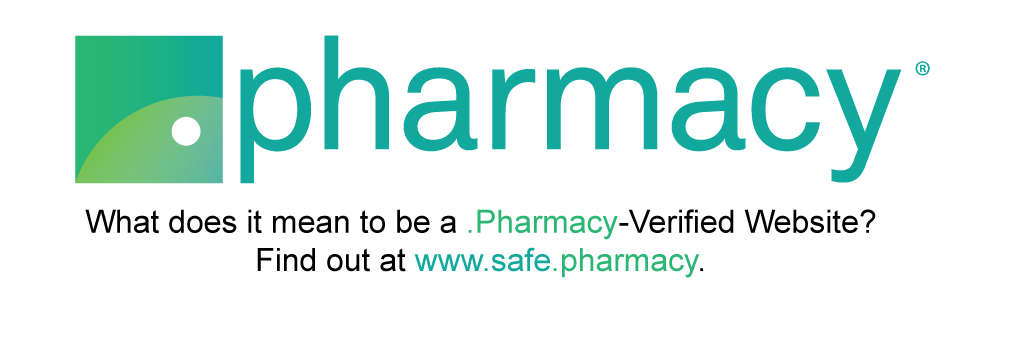As one of the most trusted and accessible health care professionals, pharmacists work on the front lines of patient care. Approximately 67,000 pharmacies operate in the United States today, and nearly 95 percent of the population lives within 5 miles of a pharmacy.
While pharmacists are best known for dispensing prescription medications and helping patients use them safely, today’s pharmacists are trained and licensed to provide a number of additional services needed by many patients.
Pharmacist Training
In 2000, the licensing switch was mandated from Registered Pharmacist (RPh) to Doctor of Pharmacy (PharmD). This means all graduates after 2000 have to be licensed as a PharmD and are trained as such. Not only did the licensing switch, but the amount of schooling has also changed. Pharmacy school is an additional 4 years of graduate training after receiving an undergraduate degree or completing all pre-requisites.
Additionally, pharmacists can receive further postgraduate training in the form of a residency or fellowship. These programs can be one or two years of specialized training in various areas of pharmacy, such as emergency medicine, critical care, oncology, and outpatient care.
These pharmacists are highly skilled and most continue to become Board Certified in their specialty. Board certification requires you pass a specialty-specific exam of medical and clinical knowledge.
Pharmacist Services
During school, pharmacists are trained to provide a variety of services. Conducting health and wellness testing, helping patients manage chronic conditions, administering immunizations and helping patients understand and manage their medications are just some of the things pharmacists can help with.
In some states, legislation has been passed allowing pharmacists to provide services to patients that enhance access to care. Services include intramuscular medication administration, such as once monthly antipsychotics. Pharmacists may also prescribe medications under collaborative agreements with providers, and provide point-of-care testing for blood pressure, blood sugar, or flu tests and vaccines.
During COVID-19
Because of the coronavirus, the pharmacist’s role has become more apparent to the community. Some states have already passed laws allowing pharmacists to administer COVID-19 testing to increase access to tests, and it will most likely be nationwide in the near future.
In times of physical distancing, pharmacists are readily available by phone to answer questions and address any medication issues patients have. This provides a network to the community which can reduce visits to the hospital and physician offices. As a community hub for immunizations, once a vaccine is on the market for COVID-19, pharmacists will be able to administer them to patients in the community.
Pharmacists are valuable team members to the health care community. They provide access, support, and necessary services to patients that extend far beyond dispensing prescription medications. While states license and determine the scope of practice for pharmacists, Congress can – and must – better ensure that patients have access to healthcare through pharmacist-provided services.
Using pharmacist services will improve access to healthcare, particularly in medically underserved communities. It also can prevent increased costs of healthcare as it prevents patients from seeking care in more costly settings, including the hospital emergency department.
References:
- https://www.pharmacytimes.com/publications/career/2019/careerswinter19/public-perceives-pharmacists-as-some-of-the-most-trusted-professionals
- https://www.accp.com/
- https://www.bpsweb.org/













 Store & manage your medication list
Store & manage your medication list Medication pricing updates
Medication pricing updates Pill & refill reminders
Pill & refill reminders Medication journal & mood log
Medication journal & mood log